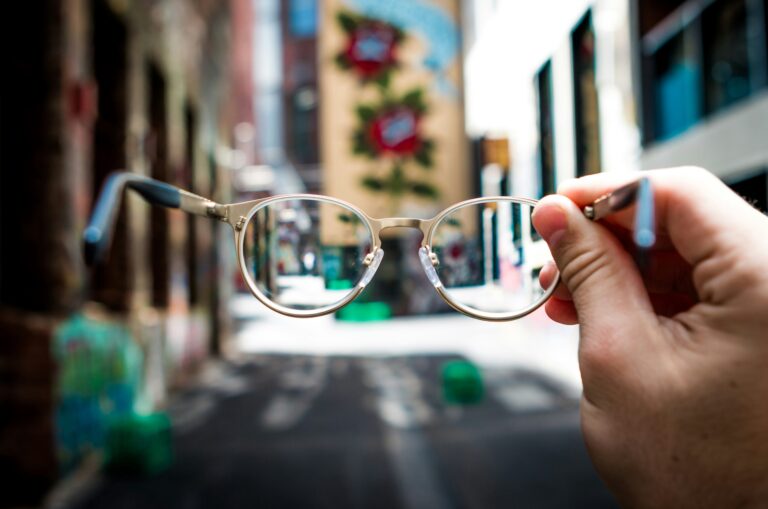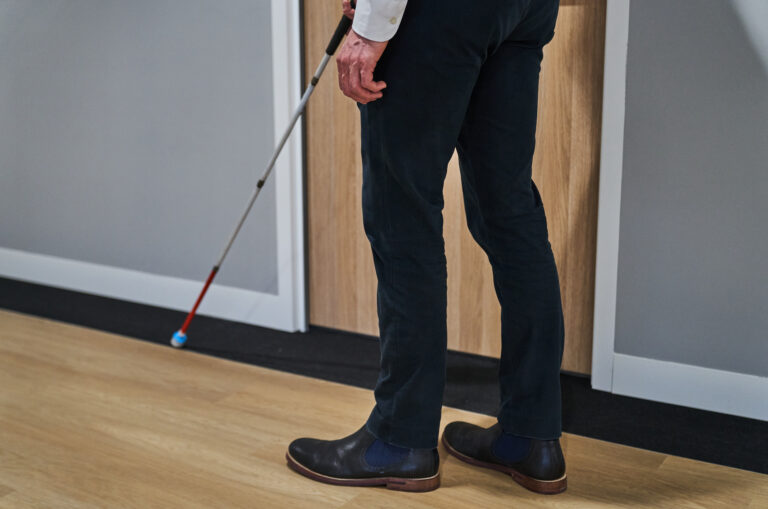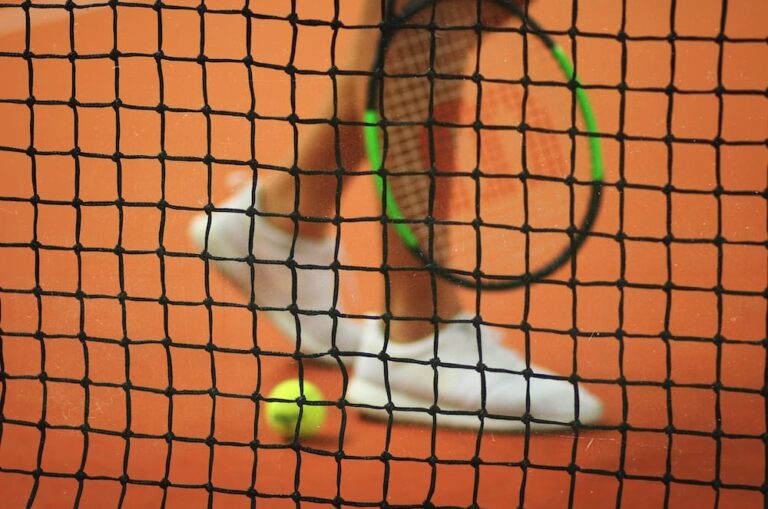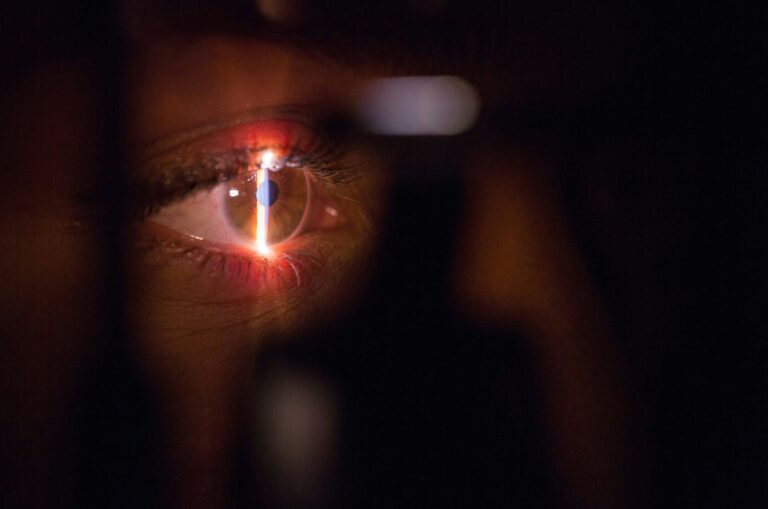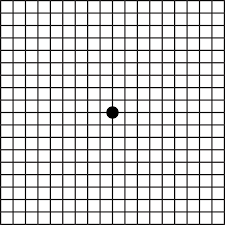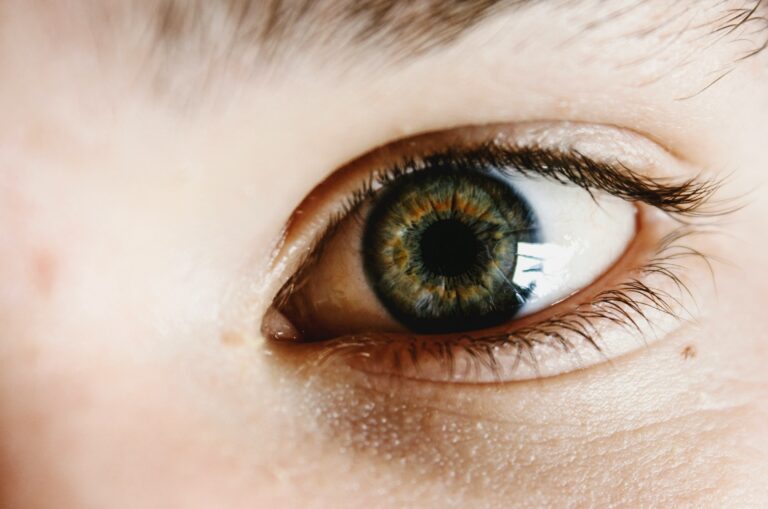Introduction to buying gifts for people with low vision or blindness
If you’re wondering what to buy a friend with low vision or blindness for their birthday or other special occasion, we’ve put together a list of gift ideas, everything from gadgets to games.
Before we get into the list, we should mention that we haven’t tested any specific products for this list. We’ve created it as a catalogue of ideas and examples rather than a selection of recommendations.
Audio book subscriptions
Audio books and talking books are excellent gifts for a friend or family member who loves literature – or who just enjoys a good story.
You can stream audio books online via subscription services such as Audible and Scribd. You can also buy and gift them as one-off purchases. No matter which service you choose, you’ll find that most of the latest popular books, as well as many of the classics, are available in audio format. Some are read by famous actors or authors.
And if you just want to dip your toe in the water of audio books before splashing out on a present, plenty of free options exist. The ABC is just one of many examples.
Voice-activated smart speakers
Smart speakers like Amazon Echo, Google Nest or Apple Homepod Mini can help anyone control their home, listen to music, or access information without using their hands.
All major speakers now offer the basics like time, weather, alarm, and reminder functions. Most can handle more advanced commands (with a little bit of configuration), as well – “read my latest messages”, “turn off my [smart device]” and “what’s in my calendar for tomorrow”, to name just a few.
Functionality is constantly expanding, and some models are also capable of answering questions, reading out content from web pages, and playing music and podcasts.
Braille watches
Braille watches can help people with low vision or blindness to tell the time independently and, if necessary, discreetly (who hasn’t needed to quietly check their watch during a long conversation or boring meeting?).
They have raised dots or marks on the face that correspond to hours and minutes. Some analogue versions also have a glass cover that the owner can lift and then feel the position of the hands.
Electronic magnifiers
Electronic magnifiers can help people who have low vision to see small print or objects more clearly. They generally offer higher levels of magnification than optical magnifiers can provide.
There are different types and models of electronic magnifiers, including:
- Portable electronic magnifiers. These are small and lightweight devices that the owner can carry around and use on different surfaces.
- Desktop electronic magnifiers. These are larger and more powerful devices that can be placed on a desk or table. They have a camera that is mounted on a frame or arm that displays the magnified image on a monitor.
- Wearable electronic magnifiers. These are devices that the owner can wear on their head or attach to their glasses. They have a camera that captures the image and a display that projects it onto the lenses or screens.
Talking calculators
Talking calculators are devices that announce, numbers, equations, and calculation results out loud. They are designed for users with low vision and blindness (but also second language learners).
You can buy talking calculators with:
- Speech synthesisers and different voices.
- Extra large number keys for input.
- A headphone jack for privacy or use in quiet places (such as libraries).
Audio games and puzzles
Audio games and puzzles are games that rely on sound rather than graphics to create an immersive and engaging experience.
Anyone can play audio games, but they are especially accessible for people with low vision or blindness. BopIt is one of many examples. There are also games such as Wikki Stix that are a great option for younger kids.
If you’re looking for a larger selection, the American Foundation for the Blind has a useful list of games on its website
Tactile board and card games
Tactile board games can be played by people with low vision or blindness using touch and sometimes sound. They usually have features such as braille labels, raised dots, textured pieces, or audio cues.
There are hundreds of tactile board and card games to choose from, including some adapted classics such as Uno and Scrabble.
You might also like
Ready to continue?
Seems like you have filled this form earlier. Let’s pick up where you left off.




